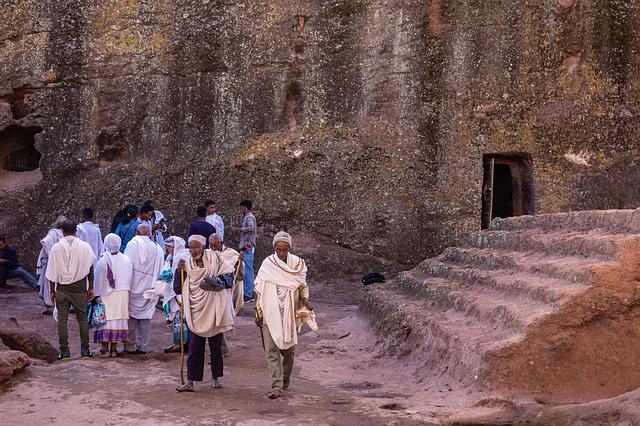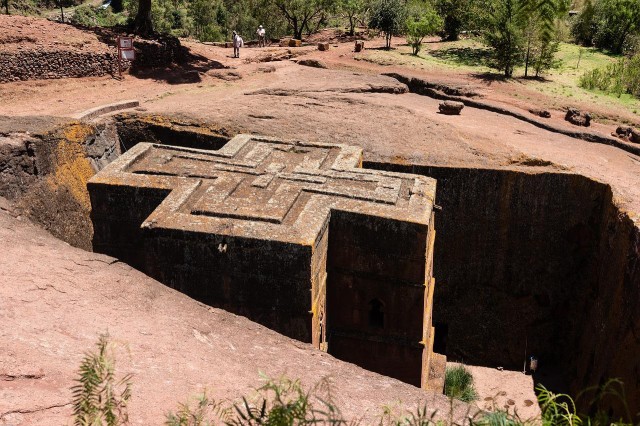Essential Information About Mining Difficulty
Many cryptocurrency networks, including Bitcoin, work on the basis of proof-of-work blockchains where transactions should be verified by miners.
Here is a summary of the process:
- Transactions are combined into the blocks and then put on the waiting list to be added to the blockchain and, thus, be verified or, as it is also called, be mined.
- The amount of blocks mined in a single moment is limited, so it usually takes an hour to get around six confirmations. On networks like these, miners try to find the right number in the algorithm to add a new block with transactions to the blockchain. Cryptocurrency difficulty refers to the extent of the power needed, in this case Bitcoin.
- Block difficulty depends on hash power that refers to the average computational power used in the mining process when a miner tries to get access to a block and add it to the chain.
- Hash algorithm Miners use hashes – special coding/encoding to take transactional data and then represent it in another way. Hashes generate the same output, but it cannot be then reversed, and the original data will never be shown. This process is needed to generate hash codes randomly. Blocks cannot be put on the blockchain unless a miner produces a code that is lower or equal to a target hash.
- During the hashing process, miners change a single value – a nonce. When changing a nonce, a hash changes, too. The set of numbers used in creating a brand-new hash is impossible to predict. To get a number that is lower or equal to a target hash, miners should repeat the same action of adding a nonce to the data. Once they get a suitable hash, they will be able to add a block of the transaction to the blockchain.
- The target value correlates with Bitcoin block difficulty. If the target value is low, then a miner has to do a lot of repetitions before getting a suitable number which means that the block difficulty is high. Thus, when a difficulty is high, a miner has to put a bigger number of various nonces until he gets the right hash.
Importance of Mining Difficulty
There are two main points which are important to note:
- The higher the difficulty, the more challenging it is for fraudsters to hack the network. If high hashing power is needed then, special computers should be used, then Fraudsters need to overcome this computational power to gain a 51% majority control over the network and its data. Miners can feel that their cryptocurrency is safe when the difficulty of the network is high.
- Satoshi Nakamoto’s emphasised the importance of a stable production rate of each new block in a particular time period. The Bitcoin network was designed so that one block is added to the blockchain every 10 minutes.








